Ottawa, the capital city of Canada, has a rich history of urban development that spans centuries. Here is an overview of key periods and milestones in the city’s urban development:
- Indigenous Peoples: Before European settlement, the Ottawa area was inhabited by Indigenous peoples, primarily the Algonquin people. The region was a significant trading and gathering place.
- Early European Settlement: European exploration and settlement in the Ottawa area began in the early 19th century. In 1826, construction of the Rideau Canal started under the direction of Lieutenant Colonel John By, connecting Ottawa to Kingston and providing a military supply route.
- Bytown: Originally named Bytown in honor of Colonel By, the settlement grew rapidly due to the canal construction. Bytown became a hub for timber and lumber trade. In 1855, Bytown was incorporated as a city and renamed Ottawa.
- Confederation and Capital Status: Ottawa was chosen as the capital of the Province of Canada in 1857 by Queen Victoria. The city’s selection as the capital was influenced by its more central location, away from the border with the United States. The Parliament Buildings were constructed, and Ottawa officially became the capital in 1867 when Canada confederated.
- 19th Century Urban Expansion: The late 19th century saw significant urban expansion, with the construction of important government buildings, residential areas, and infrastructure. The city’s layout was influenced by picturesque and garden city planning principles.
- 20th Century Modernization: Ottawa experienced further growth and modernization in the 20th century. The Greenbelt, a protected area of rural land surrounding the city, was established in the 1950s to control urban sprawl. The development of suburbs and the expansion of transportation networks, including the Queensway highway, shaped the city’s growth.
- National Capital Commission (NCC): The NCC was established in 1959 to plan and manage federal lands and buildings in the National Capital Region, which includes Ottawa and Gatineau. The NCC plays a significant role in preserving and enhancing the capital’s character.
- Contemporary Development: Ottawa continues to evolve in the 21st century. Redevelopment projects, including the revitalization of areas like Lansdowne Park and LeBreton Flats, have aimed to enhance the city’s urban experience. The Light Rail Transit (LRT) system, inaugurated in 2019, represents a major investment in public transportation.
Throughout its history, Ottawa has grown from a small lumber town to a vibrant, cosmopolitan capital. Its urban development reflects a mix of historical preservation, governmental influence, and modern planning initiatives.

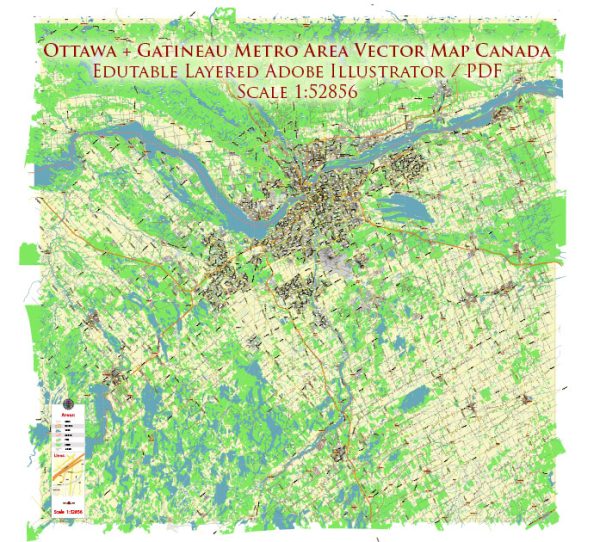
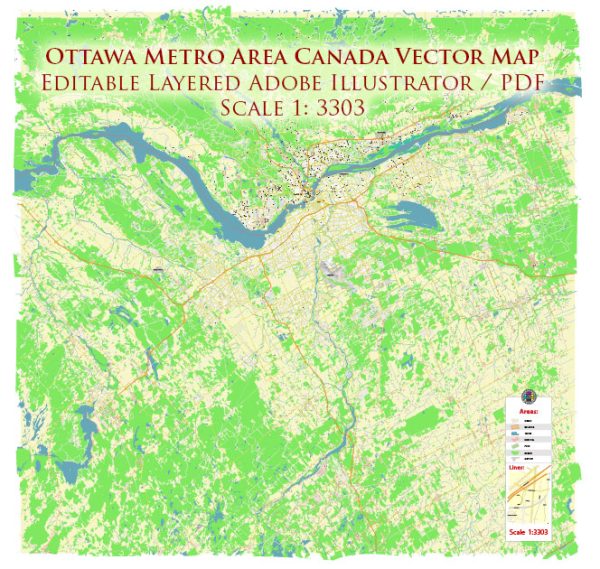
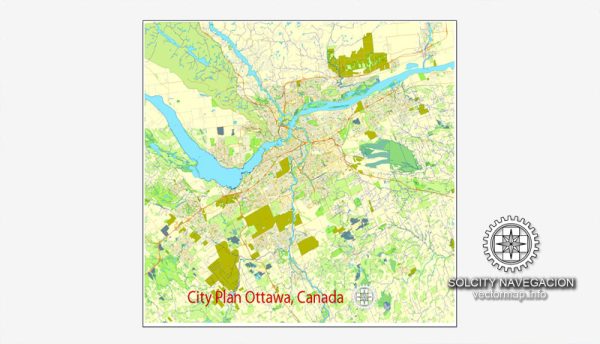
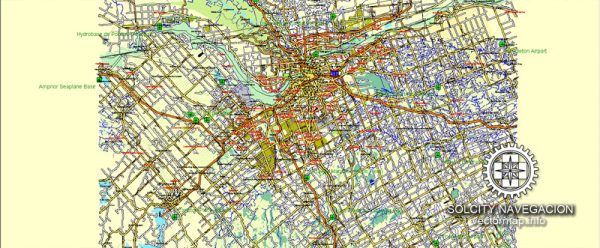
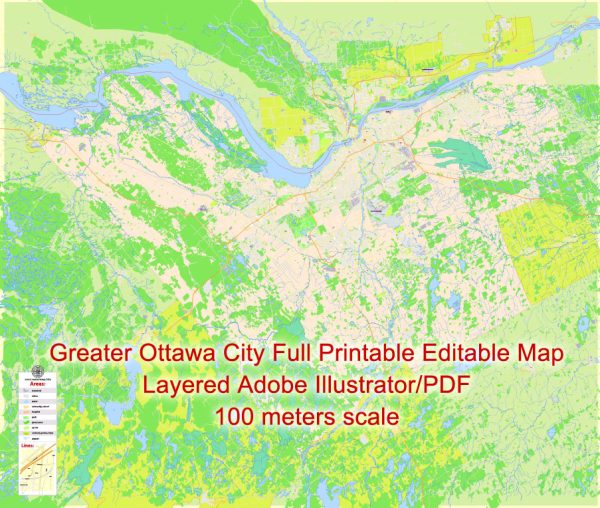
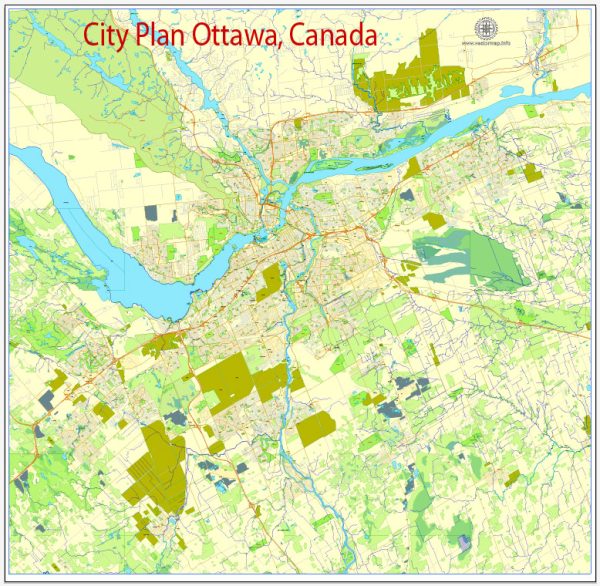
 Author: Kirill Shrayber, Ph.D.
Author: Kirill Shrayber, Ph.D.